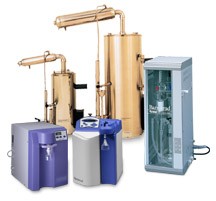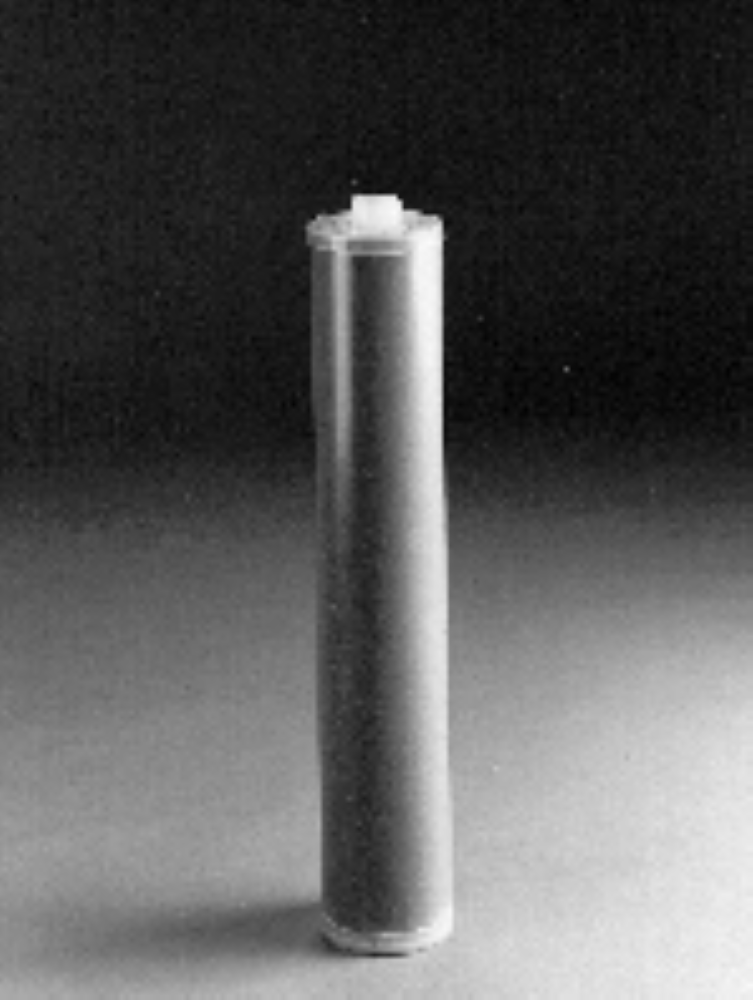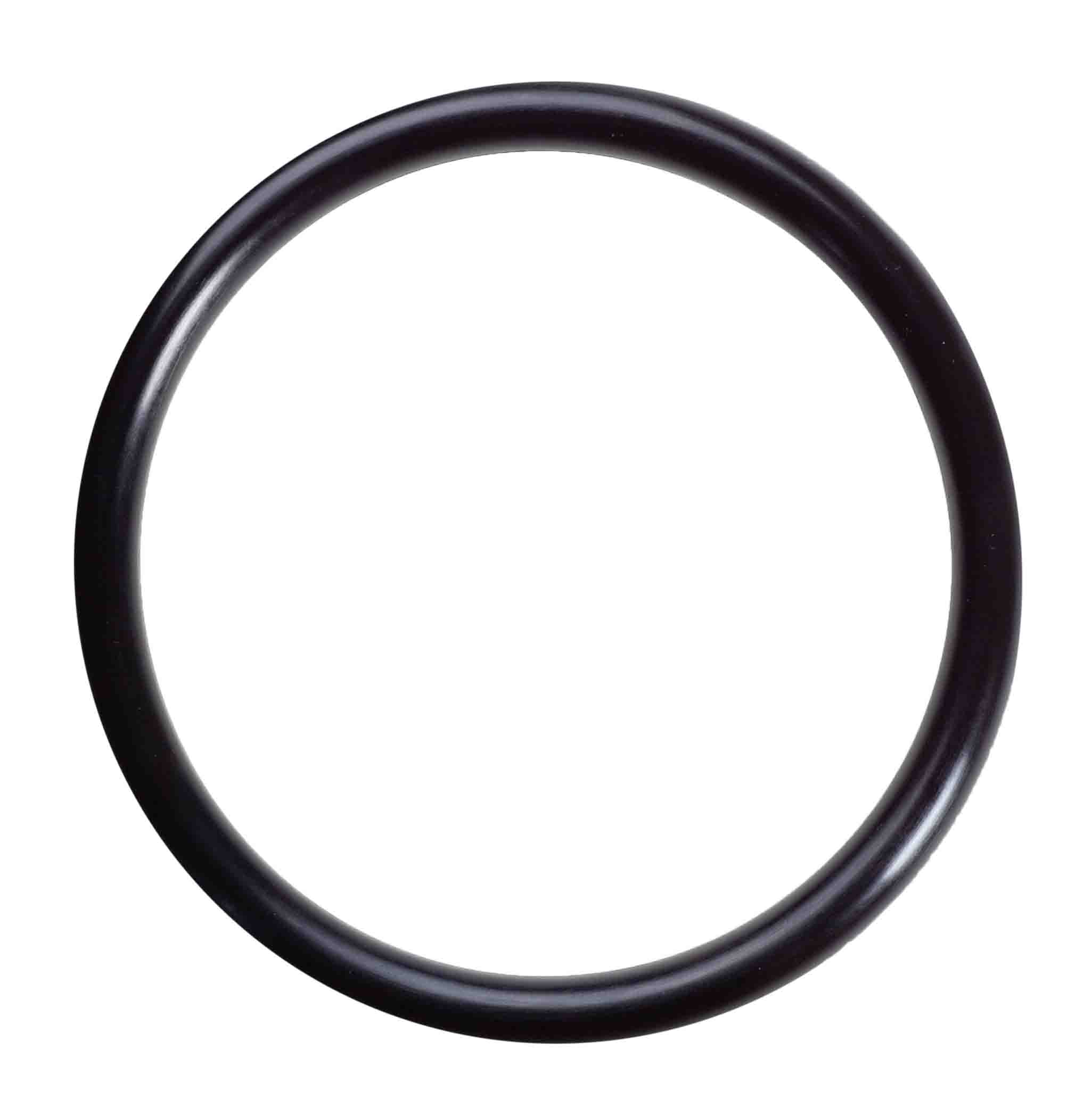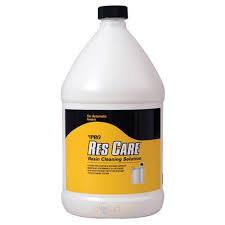Manganese and Iron in water
Also See : Removing Iron and Manganese From Water
Problems caused by Iron and Manganese in household water supplies
Neither iron nor manganese in water present a health hazard. However, their presence in water may cause taste, staining, and accumulation problems.
Because iron and managanese are chemically similar, they cause similar problems. Iron will cause reddish-brown staining of laundry, porcelain, dishes, utensils, and even glassware. Manganese acts in a similar way but causes a brownish-black stain. Soaps and detergents do not remove these stains, and the use of chlorine bleach and alkaline builders such as sodium carbonate can actually intensify the stains.
Iron and manganese deposits will build up in pipelines, pressure tanks, water heaters, and water softeners. This reduces the available quantity and pressure of the water supply. Iron and manganese accumulations become an economic problem when water supply or softening equipment must be replaced. There are also associated increased energy costs, like pumping water through constricted pipes or heating water with heating rods coated with iron or manganese minerals.
Sources of Iron and Manganese in Household Water
Iron and manganese are concentrated in water by contact with rocks and minerals, and occasionally man-made materials like iron and steel pipes. It is usually groundwater supplies that may require treatment for high levels of iron and manganese. Generally speaking, few surface water supplies have high enough levels of either to cause problems. Occasionally discharge of acid industrial wastes or mine drainage may increase iron or manganese to problem levels in surface water.
Iron and Manganese Solubility
Iron and manganese exist in many different chemical forms. The presence of a given form of iron or manganese in geologic materials or water depends on many different environmental factors. We can often anticipate iron and manganese problems in water by observing a few general principles that affect water chemistry.
An important principle to remember about chemical reactions is that, if allowed enough time, they will reach an equilibrium with the surrounding environment. When the conditions of that environment are changed, such as pumping water from an underground acquifer, the chemical equilibrium is upset. This will lead to either solution of certain elements such as iron and manganese or their precipitation.
A general rule of thumb is that oxygenated water will have only low levels of iron and manganese. The reason is that both iron and manganese react with oxygen to form compounds that do not stay dissolved in water. Surface water and shallow groundwater Figure 1 usually have enough dissolved oxygen to maintain iron and manganese in an undissolved state. In surface water, iron and manganese are most likely to be trapped within suspended organic matter particles.
Waters that do not have regular contact with the atmosphere tend to be low in oxygen oxygen poor. Iron and manganese carbonates in an oxygen poor environment are relatively soluble and can cause high levels of dissolved iron and manganese. However, if iron is associated with sulfur as iron sulfide rather than iron carbonate, dissolved iron remains low. Dissolved oxygen generally decreases with depth, so these types of conditions are more likely to occur in deep wells. Sometimes oxygen poor conditions can also occur in relatively shallow wells that have stagnant water with very slow turnover.
Iron and manganese problems are most likely to develop in water from wells with high carbonate and low oxygen as shown in the middle well in Figure 1. Problems occur when this type of water is pumped to the surface. The chemical equilibrium is changed upon exposure to the atmosphere. The end result is precipitation of iron and manganese compounds in plumbing, on fixtures, and on clothing, dishes, and utensils.
Iron and Manganese Bacteria
Some types of bacteria derive their energy by reacting with soluble forms of iron and manganese. These organisms are usually found in waters that have high levels of iron and manganese in solution. The reaction changes the iron and manganese from a soluble form into a less soluble form, thus causing precipitation and accumulation of black or reddish brown gelatinous material slime. Masses of mucous, iron, and/or manganese can clog plumbing and water treatment equipment. They also slough off in globs that become iron or manganese stains on laundry. Bacterial reactions with iron and manganese do not cause any additional precipitation compared to normal exposure to oxygen. However, precipitation caused by bacteria occurs faster and tends to concentrate staining, thus making it more apparent.
Water System Pipelines
An additional source for dissolved iron may be the pipelines through which water flows. Water with high salinity or acidity from dissolved carbon dioxide or other acids will be corrosive to metal pipes. In order to establish equilibrium, iron and other metals will be dissolved from the pipelines. If household pipes are being attacked by corrosive water and cause problem levels of metals such as iron, copper, and lead, the water can be treated to reduce corrosivity and level of dissolved metals.
Acidity can be reduced by either adding alkaline materials such as sodium carbonate or passing water through filters made of alkaline material. Salinity can be treated by either distillation or Reverse Osmosis.
Because different metals are more or less corrodable, a solution to the problem may be to use a more resistant metal. A plumber should be consulted regarding materials that are best suited to local water conditions.
How Much Is Too Much?
How much iron or manganese in the water is needed to cause these sorts of problems? There is no pat answer to this question, because it varies with each household situation. Standards for iron and manganese are based on levels that cause taste and staining problems and are set under EPA Secondary Drinking Water Standards. For most individuals 0.3 parts per million ppm of iron and 0.05 ppm of manganese is objectionable. Usually iron and manganese do not exceed 10 ppm and 2 ppm, respectively, in natural waters. Iron and manganese are found at higher concentrations however, that condition is rare.
Water Testing for Iron and Manganese
The need to test for iron and manganese in water is not as critical as it is for other types of contaminants that can cause health problems. Iron and manganese are not a problem in household water until they become detectable by the senses. Consequently, elaborate laboratory analyses are not required to determine if iron or manganese are a problem. Laboratory analyses for iron and manganese are needed to quantify the problem.
Exposure of the sample to air will cause precipitation of iron and manganese. To get an estimate of the amount of iron and manganese originally dissolved in the well water, precipitation must be prevented or the precipitated material must be redissolved. Before sampling for iron and manganese, a certified laboratory should be consulted. They will recommend a sampling procedure that will provide an accurate estimate of dissolved iron and manganese in the source water.
References:
Hem, J. D. 1967. Equilibrium chemistry of iron in groundwater. In S. D. Faust and J. V. Hunter 'ed.' pp. 625-643, Principles and applications of water chemistry. John Wiley and Sons, Inc., New York.
Machmeier, R. E. Reviewed 1990. Iron in drinking water, AG-FO-1318. Minnesota Extension Service, University of Minnesota, Agriculture.
O'Connor, J. T. 1971. Iron and Manganese. In M. E. Flentje and R. J. Faust 'ed.' pp. 380-396, Water quality and treatment - a handbook of public water supplies, 3rd Edition. Prepared by The American Water Works Association, Inc. McGraw-Hill Book Co., New York.
Snoeyink, V. L. and D. Jenkins. 1980. Water Chemistry. John Wiley and Sons, Inc., New York.
Water Quality Association. 1988. Recommended industry standards for household and commercial water filters - a voluntary industry standard, S-200. National Headquarters and Laboratory, Lisle, Illinois.
Water Quality Association. 1989. Recognized treatment techniques for meeting the national secondary drinking water regulations with the application of point-of-use systems, R28. National Headquarters and Laboratory, Lisle, Illinois.
--------------------------------------------------------------------------------
AE-1030, February 1992
http://www.ag.ndsu.edu/pubs/h2oqual/watsys/ae1030w.htm
|
Images are representative of the products. Images may or may not be of the actual product. If it is important e-mail us for an actual image if available.
* Flat Rate UPS shipping when able to ship via UPS and is in the USA excluding Hawaii and Alaska.
Larger Items may not be able to ship via UPS, in that case freight charges will be quoted seperately.
International shipping will be quoted after the order is placed. You will have the opportunity to cancel before we finalize your order.
Terms and conditions
Credit Application
Privacy
Policy
List All Products
|













